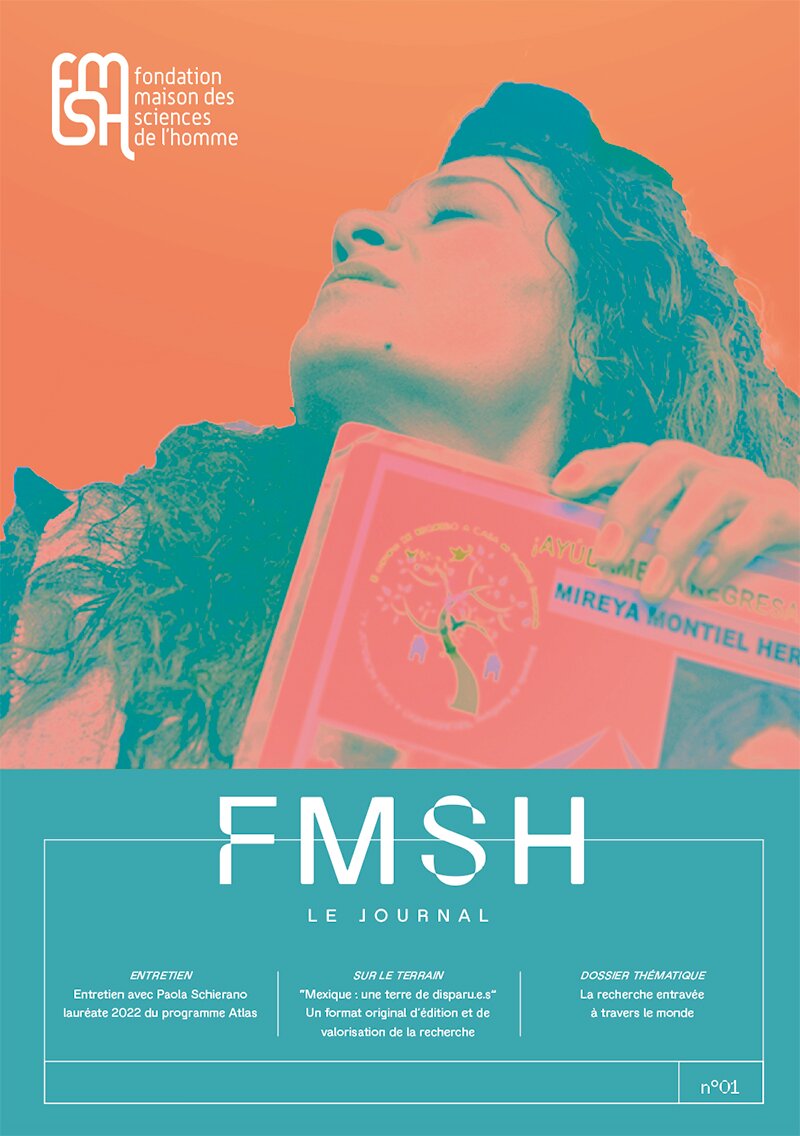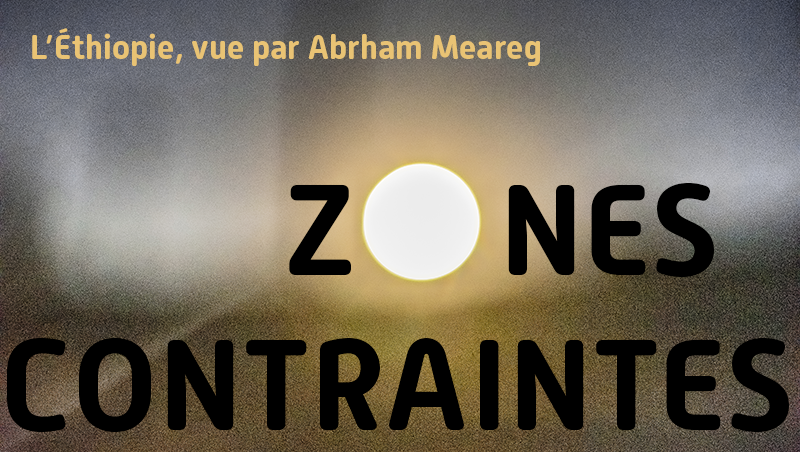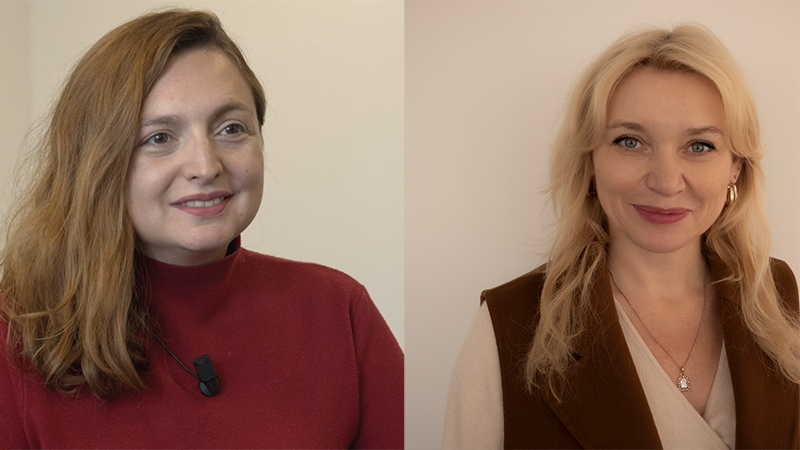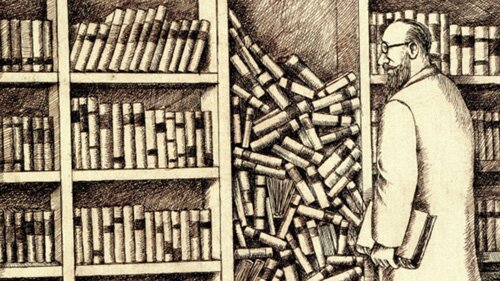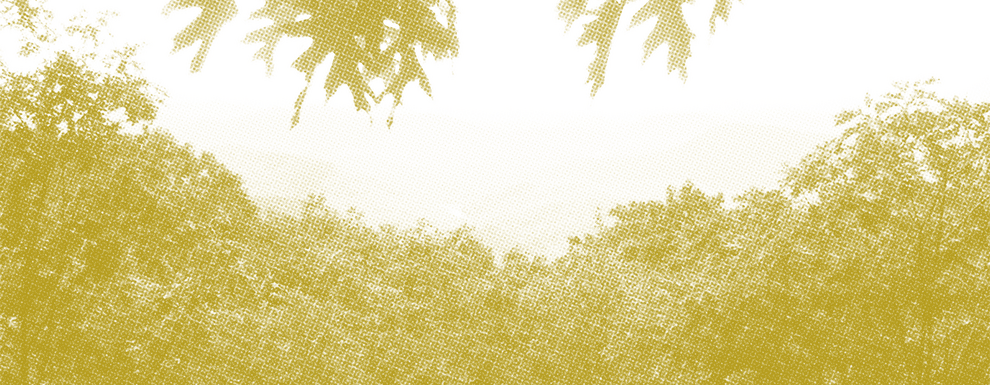Research in the face of war in Ethiopia
Testimonies from Mehdi Labzaé and Mitiku Gabrehiwot
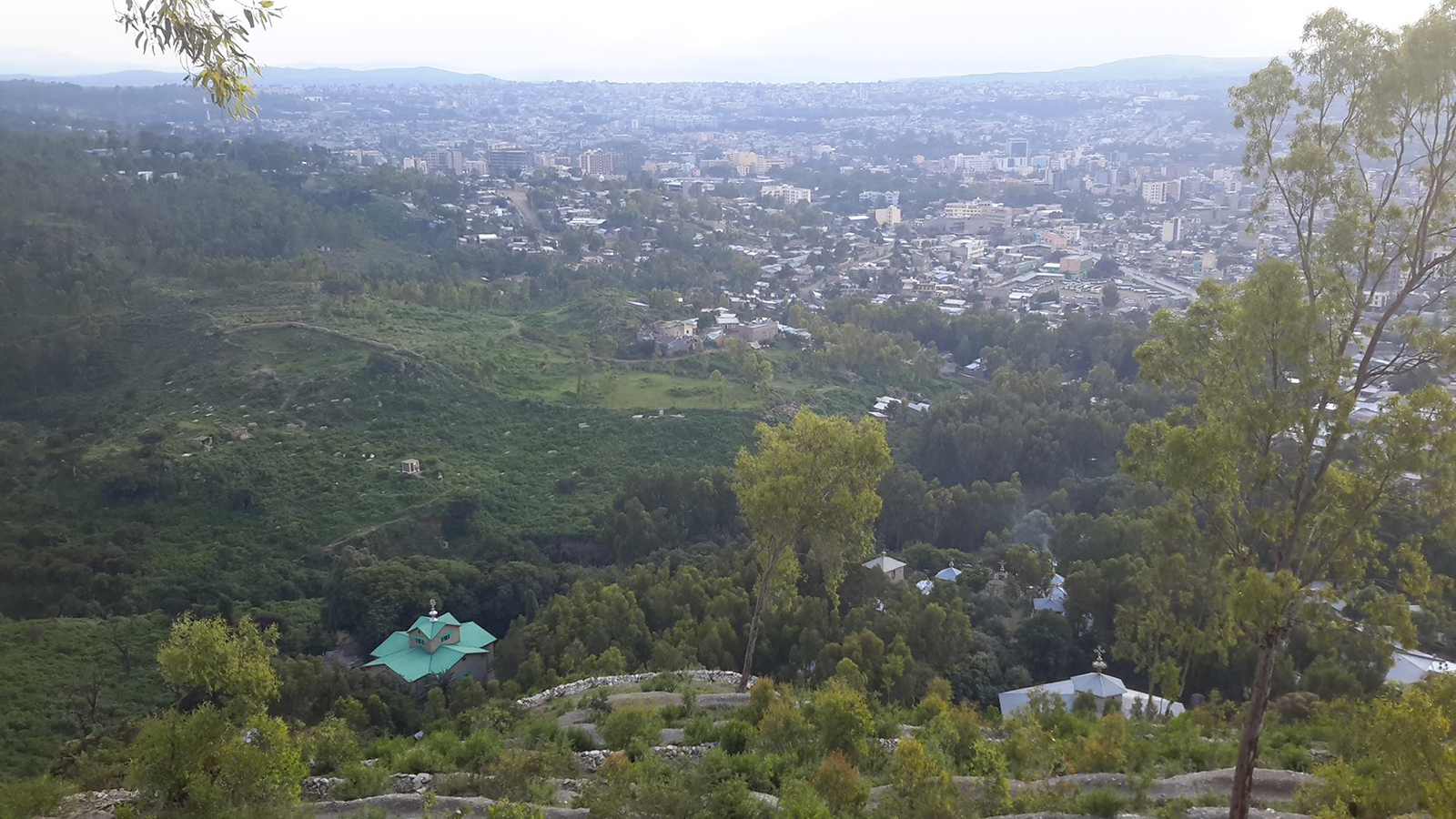
Two researchers supported by the FMSH report on the civil war that tore Ethiopia apart between 2020 and 2022, pitting the federal government against the Tigray People's Liberation Front (TPLF) and their respective allies.
Published at 4 March 2024

